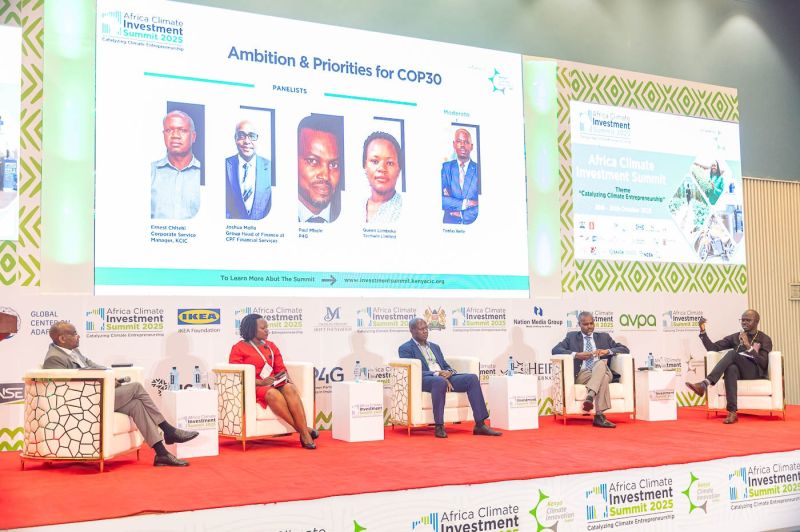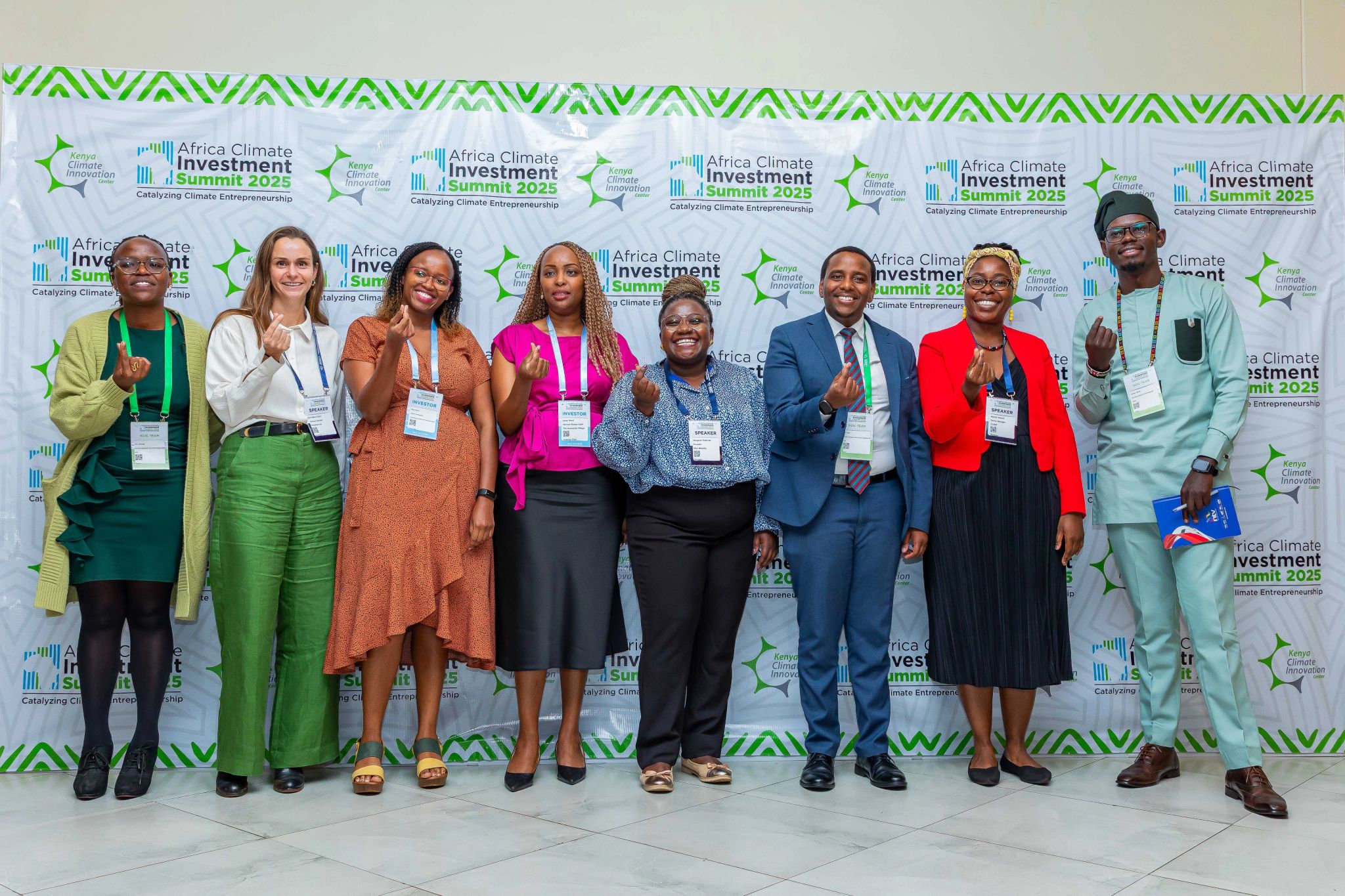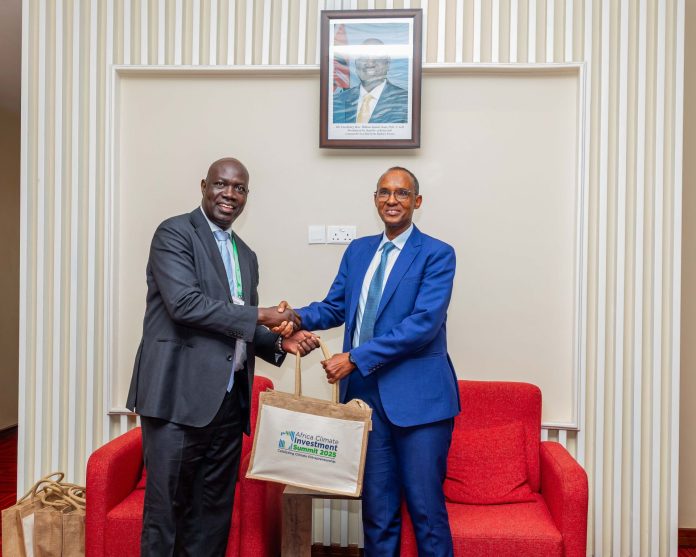The Africa Climate Investment Summit (ACIS 2025) has concluded today in Nairobi on October 30 after three days of high-level dialogue, investor meetings, and project showcases that shifted the emphasis from planning to financing. Convened by the Kenya Climate Innovation Centre and partners, the summit formally endorsed an Africa Climate Investment Platform and unveiled a Revolving Fund designed to bridge financing gaps for climate-smart enterprises.
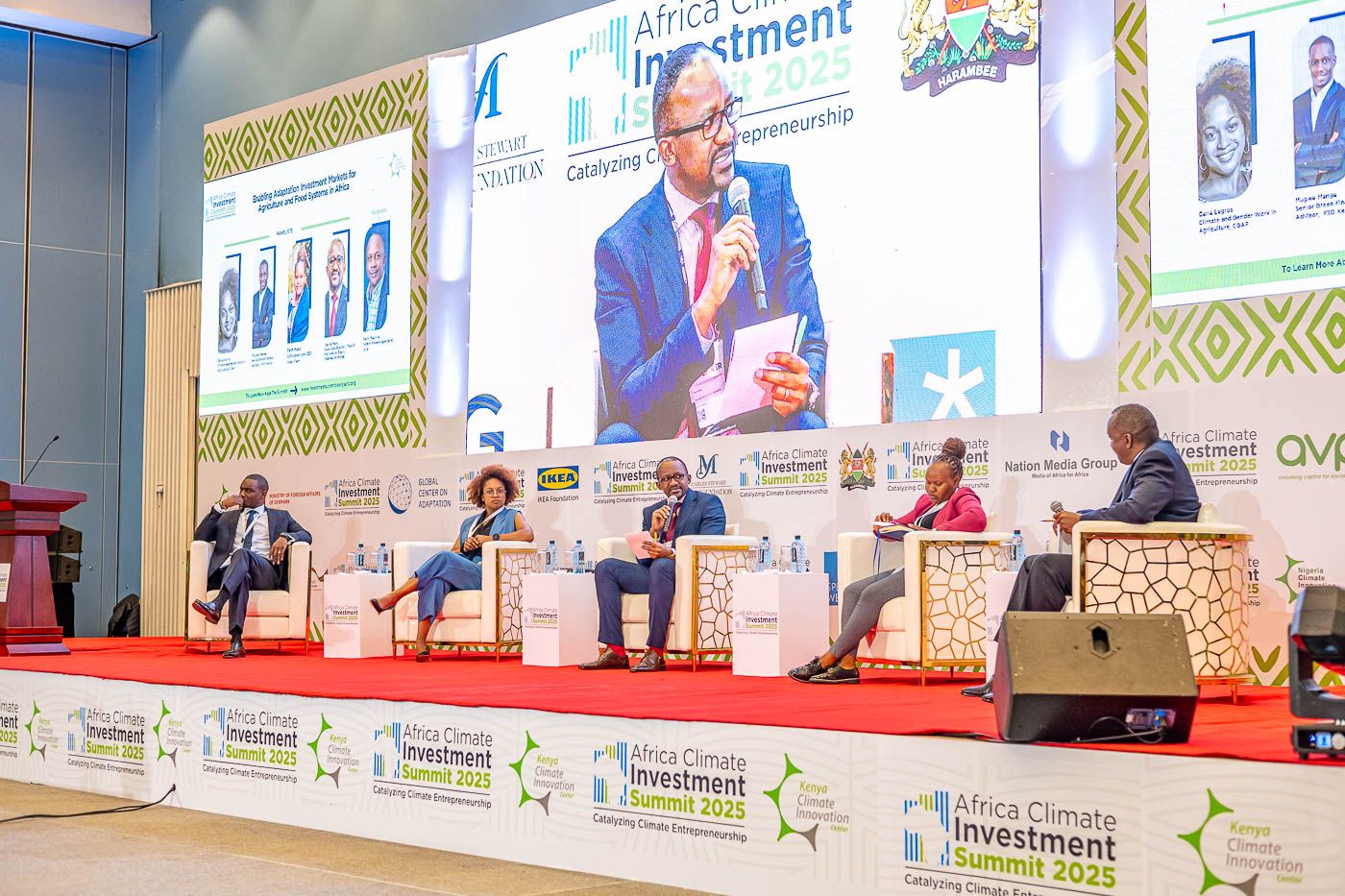
Policymakers, financiers, and innovators used the gathering to map how public and private capital can be aligned to scale adaptation and low-carbon solutions across the continent ahead of COP30 in Belem this coming November.
The mood across the summit was purposeful. Panels and deal rooms focused on practical barriers to investment: weak bankability of small projects, risk perceptions among funders, the absence of coordinated regional pipelines, and the mismatch between the scale of climate finance needed and the instruments available.
Read also: South Africa to host Africa’s first large-scale Titanium Dioxide Plant under $75 Million AfDB Deal
Patrick Verkooijen, chief executive of the Global Center on Adaptation speaking at the opening of Day 2 of the summit, reminded delegates of the arithmetic behind urgency: Africa needs roughly $70 billion a year to adapt and protect livelihoods, a sum that current flows do not approach. That shortfall shaped much of the conversation, moving it towards mechanisms that can multiply scarce public resources and crowd in private money.
Two announcements framed the summit’s outcomes. First, the Africa Climate Investment Platform, presented as a shared convening and deal-making architecture, was endorsed by attendees. The platform aims to assemble investment-ready projects, standardize due diligence, and reduce search costs for investors seeking African opportunities.
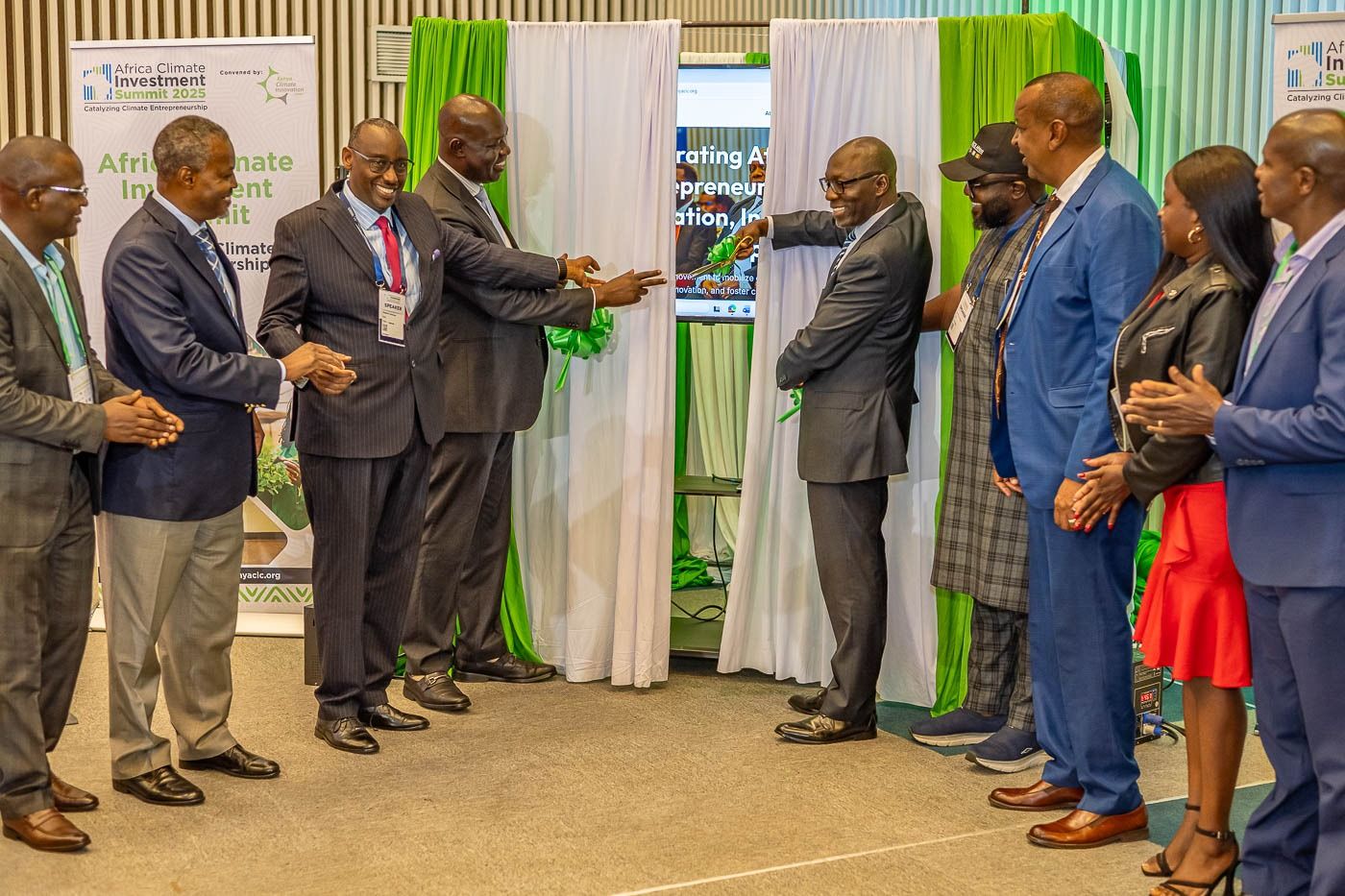
Second, organizers launched a Revolving Fund intended to provide catalytic finance and early stage risk mitigation for projects that otherwise struggle to meet commercial thresholds. Together, organizers argued, the platform and fund are meant to shorten the path between pilot and scale by packaging bankable pipelines that investors can underwrite.
Practical examples witnessed at summit demonstrated the approach. The YouthADAPT initiative, run by the Global Center on Adaptation and the African Development Bank and implemented in-country by KCIC, was front and center. Since 2021 it has supported 41 youth-led enterprises across 20 countries, generated roughly 11,000 jobs, and trained some 30,000 people; figures that summit speakers used to show that small, locally led ventures can already deliver measurable adaptation impacts.
In Nairobi, 23 youth-led teams pitched at the Demo Day (Day 2), offering innovations across climate-resilient agriculture, water management, and decentralized energy. The verdict from investors in the deal rooms was frank, that many of these ventures need blended capital and technical advisory to turn prototypes into revenue-generating enterprises.
Beyond youth innovation, ACIS probed how to mobilize domestic capital. Bankole Oloruntoba, CEO of Nigeria Climate Innovation Centre, argued that Africa does not need to wait for capital from outside the continent; intra-African investment and pooled regional funds can be structured to support early stage growth. That argument underpinned several sessions that explored pension fund mobilisation, sovereign and sub-sovereign blended instruments, and the role of development finance institutions in syndicating risk.
Speakers repeatedly returned to a simple formulation: predictable policy, transparent project pipelines, and credible verification are prerequisites for private capital to move at scale.
Read also: Morocco charts 2040 Coal exit in bold move towards Africa’s green energy future
A persistent thread was the imbalance of adaptation financing. Panels cited a widely noted statistic that roughly 98 percent of adaptation funding today comes from public sources. Summit conversations therefore emphasized the need to reframe adaptation as investable: projects must produce clearly measurable benefits for communities and returns for investors, whether through concessional repayments, measurable productivity gains in agriculture, or avoided costs from climate shocks.
Joseph Murabula, CEO at KCIC, captured the summit’s working posture when he said the sector must move “from dialogue to deals, from problems to platforms,” underscoring the organizers’ intent to treat ACIS as a construction site for financeable projects rather than a one-off conference.
The summit also sharpened attention on standards and integrity. Panels flagged the risk of low-quality interventions that generate headlines but fail to deliver durable benefits for communities. Charles Nhemachena of GCA Africa stressed partnerships with local delivery organisations as essential to translating finance into on-the-ground adaptation.
Sessions on measurement and monitoring showcased emerging digital tools for impact verification, an area investors said they would require before capital is committed.
Several practical outcomes emerged. Deal room feedback will be converted into follow-up advisory and matchmaking services. The Revolving Fund’s initial tranche and governance design were sketched out; organisers said further capital mobilization and regional placement rules would follow. ACIS participants also agreed to a working timetable to move select YouthADAPT winners and other early stage ventures into pilot portfolios for blended financing.
ACIS 2025 left an unmistakable impression: Africa’s climate finance conversation is maturing from aspirational targets to institutional design. The challenge ahead is operationalizing the summit’s commitments. Moving from platform endorsement to active pipelines will require prompt standardization of project selection criteria, stronger links between national adaptation priorities and investable opportunities, and patient blended capital that accepts a staged return profile. If that architecture is built, Kenya’s convening may be remembered not for the speeches it hosted but for the transactions it helped catalyse.
Read also: CMAS 2025 positions Africa as the next frontier of high-integrity carbon markets
The summit closed with a familiar refrain recast as a practical charge: scale requires systems, not anecdotes. ACIS 2025 provided the blueprint; the test now is execution, turning demonstrations into commercially viable models that protect vulnerable communities while offering investors a credible route to channel capital into Africa’s climate resilience.
Engage with us on LinkedIn: Africa Sustainability Matters
